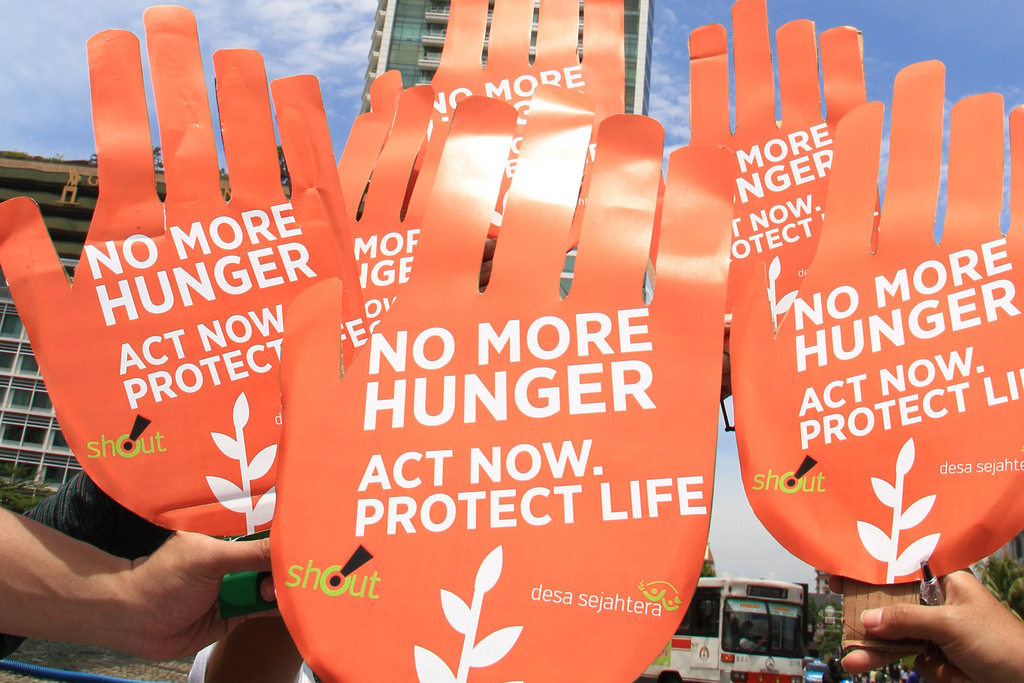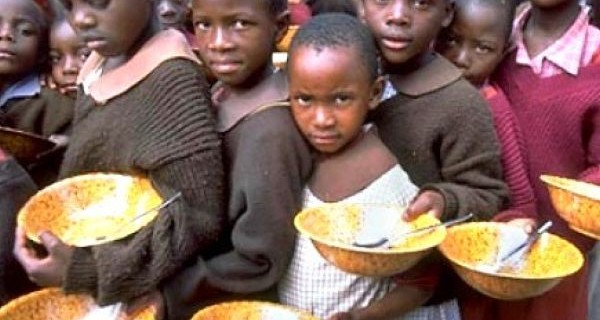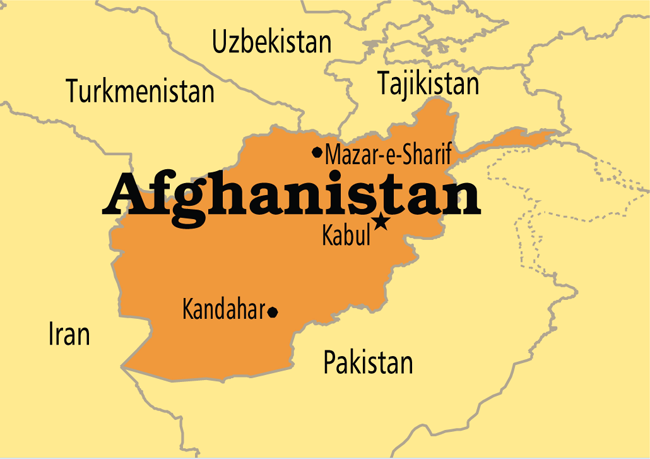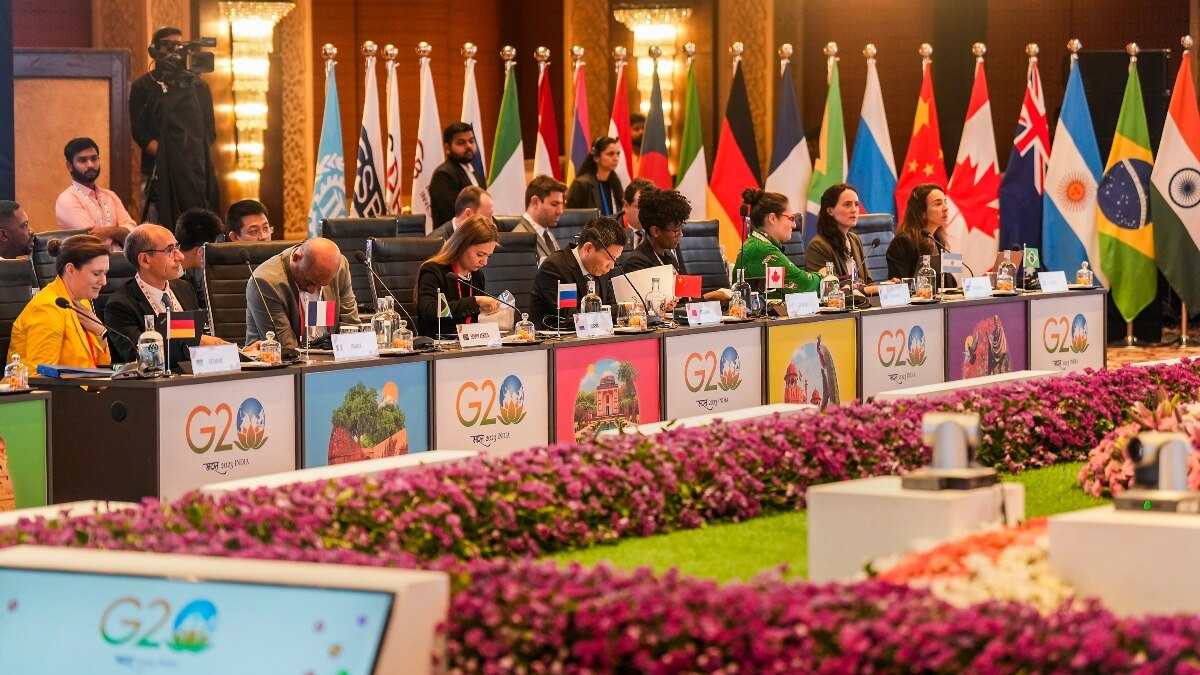Every year million of people die globally due to hunger, and at the same time a lot of food is wasted in many parts of the world without satisfying the hunger of those who need it the most.
Approximately one third of the world’s food is estimated to be wasted (FAO, 2013a). Food wastage is wastage of country’s resources, production and processing cost. India is home to a quarter of all undernourished people worldwide.
If we see in marriages, social get-together or at home a lot of food is just wasted in the name of not tasty or some other weird reason. People just fill their plate but do not finish it which ultimately goes into the bin. One should take as much food that he can eat. It is always good to take in small portion, finish it and then take more.
But people just bump over the food and take a lot more stuff on the plate, and throw in the dustbin in the end. We should always keep in mind that there are still a good amount of population in the world is dying due to hunger.
Food wastage does not occur only at the level of household but food loss or wastage occur in each and every step of food chain from producer to retailer starting from production, storage and transportation of raw material, processing and storage. Food loss has to be minimized in all steps of food chain.
16 October, World Food Day
16 October, every year is celebrated as World Food Day in honor of the date of the founding of the Food and Agriculture Organisation of United Nations in 1945. World Food Day is a day, exclusively dedicated to tackle the global hunger which is a result of many deaths every year.In India, this day is also now considered as Food Engineers’ Day.
To celebrate this day, people around the world come together to show their commitment to eradicate this disease of hunger and malnutrition from the world.
On 16 October, various programs are arranged worldwide in over 150 countries. The main aim of these events is to promote the awareness against the wastage of food, and action for those who suffer from hunger and malnutrition.
Every person on the earth has basic right of food and it is a fundamental right to every human being. Even though it is a right to every person but million people worldwide are dying every year with chronic hunger including women and children below the age of five.
Since 1981, World Food Day has adopted a different theme each year in order to highlight areas needed for action and provide a common focus. It was “climate is changing, food and agriculture must too” in the year 2016. In 2017, it is “Change the future of migration. Invest in food security and rural development.
As per statistics of Food and Agricultural Organisation of United Nations, in 2015, the number of people migrating was up to 1 out of every 7 people in the world. Migrations may be intra or inter country. If migration is a choice can boost economic growth in different regions of a country or in a new country altogether.
But most of the people migrate when they feel a threat to their livelihood, when people feel like their only option for survival or for a better life is to leave their homes. The most prevelent reasons for migration is hunger, unemployment, poverty, and the impacts of climate change.
Main Highlights of theme of World Food Day 2017
“Change the future of migration. Invest in food security and rural development.”
“Leaving home should be a choice”
- It is believed that hunger kills a lot of people worldwide every year and with zero hunger it could save around 3 million children in a year
- A woman if properly fed would give birth to a healthier baby with great immune system
- It could increase a country’s GDP by 16.5 percent
- Zero hunger can make a world more safer and prosperous for everyone
Themes of World Food Day
Since 1981, World Food Day started adopting different celebration theme each year for highlighting common areas of concerns which needed attention and action.
- The theme of World Food Day 2018 : our actions are our future
- 2017: “Change the future of migration. Invest in food security and rural development”
- 2016: “Climate change: Climate is changing, Food and agriculture must too”
- 2015: “Social Protection and Agriculture: Breaking the Cycle of Rural Poverty”
- 2014: “Family Farming: “Feeding the world, caring for the earth”
- 2013: “Sustainable Food Systems for Food Security and Nutrition”
- 2012: “Agricultural cooperatives “key to feeding the world”
- 2011: “Food prices from crisis to stability”
- 2010: “United against hunger”
- 2009: “Achieving food security in times of crisis”
- 2008: “World food security: the challenges of climate change and bio-energy”
- 2007: “The right to food”
- 2006: “Investing in agriculture for food security”
- 2005: “Agriculture and intercultural dialogue”
- 2004: “Biodiversity for food security”
- 2003: “Working together for an international alliance against hunger”
- 2002: “Water: source of food security”
- 2001: “Fight hunger to reduce poverty”
- 2000: “A millennium free from hunger”
- 1999: “Youth against hunger”
- 1998: “Women feed the world”
- 1997: “Investing in food security”
- 1996: “Fighting hunger and malnutrition”
- 1995: “Food for all”
- 1994: “Water for life”
- 1993: “Harvesting nature’s diversity”
- 1992: “Food and Nutrition”
- 1991: “Trees for life”
- 1990: “Food for the future”
- 1989: “Food and the environment”
- 1988: “Rural youth”
- 1987:“Small farmers”
- 1986: “Fishermen and fishing communities”
- 1985: “Rural poverty”
- 1984: “Women in agriculture”
- 1983: “Food Security”
- 1982: “Food comes first”
- 1981: “Food comes first”
References
1.FAO. (2013a). Food wastage footprint: Impact on natural resources: Summary report. Rome. Retrieved from www.fao.org/publications
2.FAO. (2013b). Toolkit: Reducing food wastage footprint. Rome.
3.FAO, IFAD, & WFP. (2013). The state of food insecurity in the world 2013. The multiple dimensions of food security. Rome. Retrieved from http://www.fao.org/docrep/018/i3434e/i3434e.pdf






